Harnessing Wind Power Energy for a Sustainable Future in Innovative Technologies
As the world confronts the pressing challenges of climate change and environmental degradation, the shift towards renewable energy sources has never been more critical. Among these, wind power energy stands out as a promising solution, with the Global Wind Energy Council reporting that global wind power capacity reached over 743 GW in 2020, showcasing an increase of 53 GW from the previous year. This surge highlights the technology's effectiveness and growing adoption across nations aiming for sustainability. With advancements in turbine design and increases in efficiency, wind power energy is not only becoming a cornerstone of the energy transition but also a significant driver of economic growth. The rising investments in innovative technologies, projected to surpass $1 trillion by 2025 according to the International Energy Agency, underscore the pivotal role of wind energy in creating a sustainable future. This paper will explore how harnessing wind power energy can lead to a cleaner, more resilient energy system and a reduced carbon footprint.
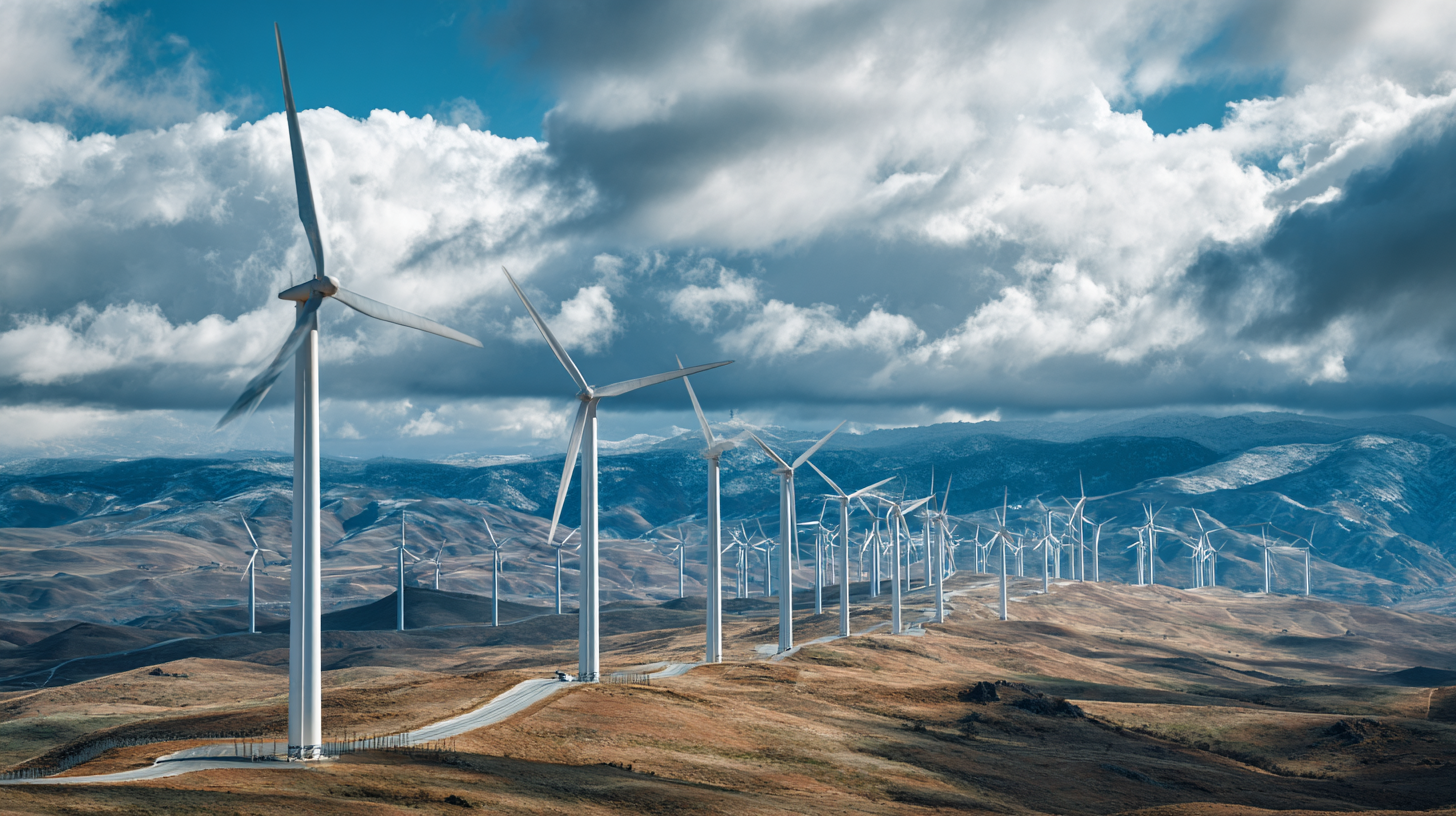
Innovative Wind Turbine Designs for Enhanced Efficiency and Performance
The advancement of innovative wind turbine designs is crucial for enhancing the efficiency and performance of wind power energy systems. Modern turbines are now incorporating advanced materials and aerodynamics to optimize energy capture, resulting in higher outputs even in low-wind conditions. For instance, the shift towards larger rotor diameters allows turbines to harness more wind energy, while the introduction of variable pitch blades enables real-time adjustments during changing wind speeds, maximizing their effectiveness.
Tips: To further boost efficiency, consider implementing smart monitoring systems that analyze performance data and predict maintenance needs. This proactive approach can help avoid down-time and extend the lifespan of the turbines.
Another exciting development is the integration of vertical-axis wind turbines (VAWTs), which can be installed closer to urban environments. Unlike traditional horizontal-axis turbines, VAWTs can efficiently capture wind from any direction and require less space, making them an ideal choice for city landscapes. These innovative designs not only cater to energy needs but also reduce visual pollution, proving that aesthetics and functionality can coexist.
Tips: When exploring wind energy solutions, evaluate the wind conditions and space availability in your area, as these factors can significantly influence the choice of turbine type and installation strategy.
Integration of Wind Power into Smart Grids for Optimal Energy Management
The integration of wind power into smart grids is pivotal for enhancing energy management and sustainability. Smart grids utilize advanced communication and automation technologies to optimize electricity distribution, enabling real-time adjustments to fluctuations in energy supply and demand. By harnessing the variable nature of wind energy, smart grids can effectively balance energy loads, minimize wastage, and improve grid reliability. This dynamic interplay allows for more efficient utilization of renewable resources, creating a robust infrastructure that supports energy resilience.
Moreover, the incorporation of wind power into smart grids facilitates the development of energy storage solutions and demand response strategies. Energy storage systems, such as batteries, can capture excess energy generated during high wind periods and release it during low wind conditions, ensuring a steady supply to consumers. Meanwhile, demand response initiatives can encourage users to modify their energy consumption patterns based on real-time pricing signals and availability of renewable energy. This synergy not only optimizes resource allocation but also empowers consumers, leading to a more sustainable energy ecosystem.
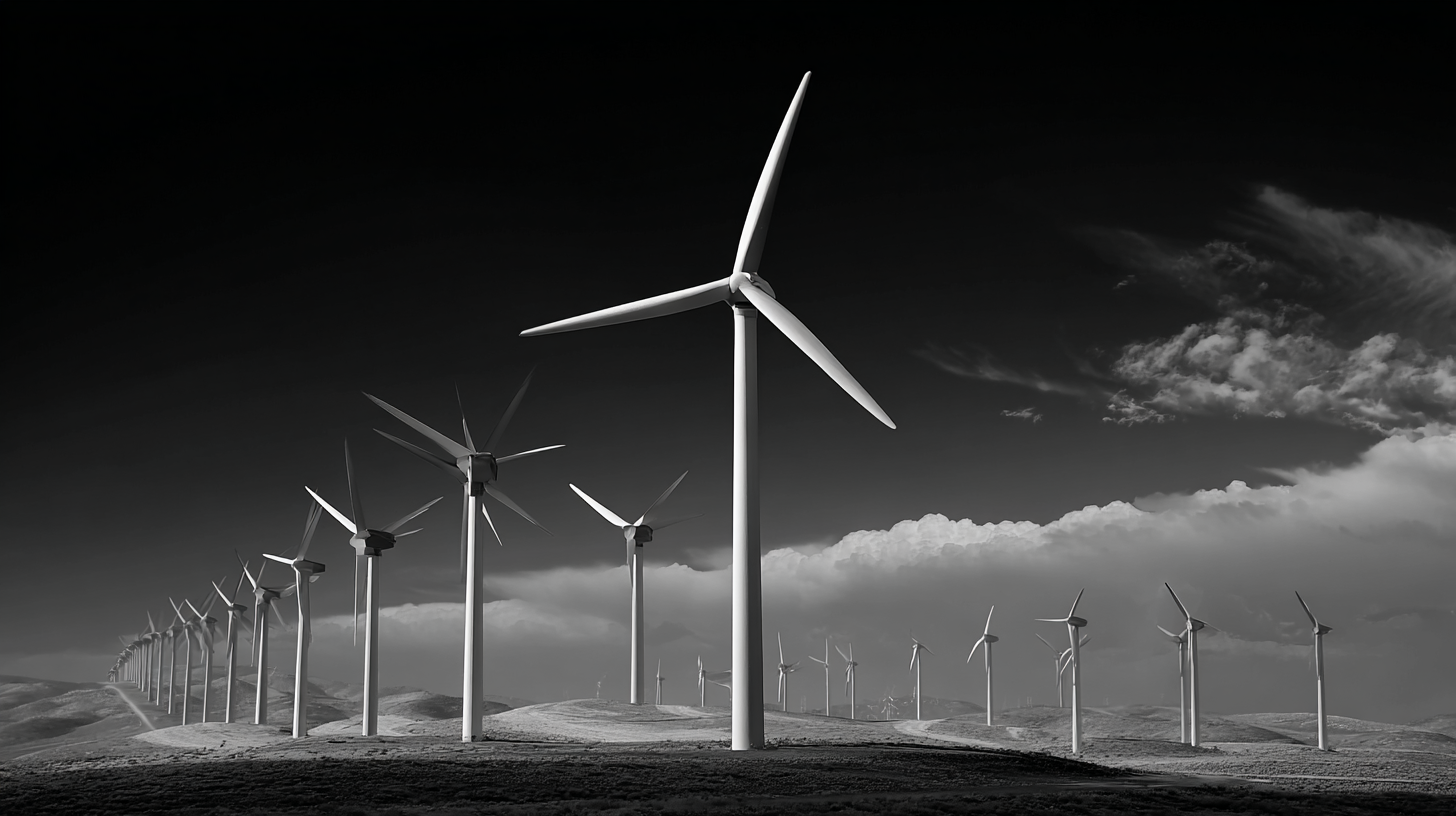
Advancements in Energy Storage Solutions for Wind Power Utilization
The growing emphasis on sustainable energy has spotlighted wind power as a vital component of the global energy landscape. However, one of the primary challenges remains effective energy storage solutions to maximize wind power utilization. Recent advancements in battery technology and other storage methods are pivotal in addressing this challenge. According to a report from the International Energy Agency (IEA), energy storage capacities are projected to rise significantly, potentially exceeding 600 GW by 2040, driven largely by the increase in renewable energy sources like wind.
Innovative technologies, such as grid-scale batteries, pumped hydro storage, and compressed air energy storage, are enhancing the efficiency of wind power systems. For example, lithium-ion batteries have experienced a price drop of over 80% since 2010, making them more viable for long-term energy storage. The National Renewable Energy Laboratory (NREL) reports that implementing these technologies can store excess wind energy generated during peak production times, thus allowing for a steady and reliable energy supply even when wind conditions are less favorable. By harnessing these advancements, the integration of wind energy into the grid can become more seamless, promoting a sustainable future powered by clean energy.
Advancements in Energy Storage Solutions for Wind Power Utilization
The chart below illustrates the capacity of various energy storage solutions employed alongside wind power technologies, showcasing advancements that enable better utilization of wind energy over time.
Impact of Wind Power on Reducing Carbon Emissions and Promoting Sustainability
Wind power is a key player in the global effort to reduce carbon emissions and promote sustainability. With the ever-increasing urgency of climate change, innovative technologies harnessing wind energy are becoming essential. According to the latest reports, the global green data center market is projected to reach $81.75 billion by 2024, and grow to an astonishing $307.52 billion by 2032. This surge highlights the growing reliance on sustainable energy sources, including wind power, to drive energy-efficient solutions in various sectors.
Tips: Investing in wind energy not only helps in mitigating carbon footprints but also creates numerous job opportunities in the renewable sector. By integrating innovative technologies that optimize wind energy capture and usage, businesses can align with sustainability goals while enhancing operational efficiency.
As the world transitions towards greener practices, the Clean Air and Climate Coalition emphasizes the importance of reducing air pollution and carbon emissions through actionable assessments. Wind energy can significantly contribute to these efforts, ensuring a healthier planet for future generations. With the rise in demand for sustainable mining practices driven by the need for clean energy, the importance of wind power in supporting sustainable development cannot be overstated.
Harnessing Wind Power Energy for a Sustainable Future in Innovative Technologies - Impact of Wind Power on Reducing Carbon Emissions and Promoting Sustainability
| Country | Wind Power Capacity (GW) | Annual CO2 Emissions Reduction (Million Tons) | Investment in Wind Energy (Billion $) | Percentage of Total Energy from Wind (%) |
|---|---|---|---|---|
| United States | 120 | 200 | 15 | 10 |
| Germany | 62 | 155 | 12 | 25 |
| China | 340 | 900 | 70 | 35 |
| India | 39 | 65 | 10 | 9 |
| Spain | 27 | 52 | 8 | 20 |
Emerging Technologies in Offshore Wind Energy Generation and Infrastructure Development
Offshore wind energy generation is rapidly emerging as a cornerstone of sustainable energy infrastructure development, with innovative technologies poised to revolutionize the sector. Recent studies highlight the significant growth potential of the floating offshore wind energy market, anticipating a remarkable 60.1% CAGR by 2030. This burgeoning market is driven not only by advancements in turbine technology but also by synergies with green hydrogen production and supportive regulatory frameworks. As countries worldwide set ambitious renewable energy targets, offshore wind is increasingly recognized as a clean and inexhaustible source of power that can play a crucial role in achieving net-zero emissions.

Related Posts
-

Exploring Alternative Energy Innovations at the 138th Canton Fair 2025: A Data-Driven Insight
-
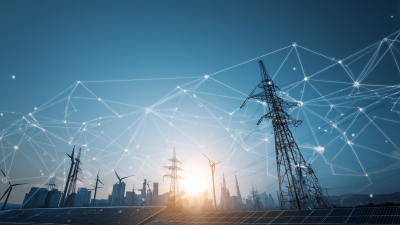
Revolutionizing Energy Solutions: Innovative Approaches for a Sustainable Future
-
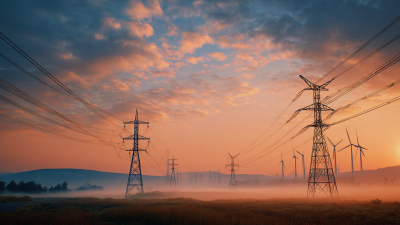
Harnessing Power Energy for a Sustainable Future The Role of Renewable Sources in Global Energy Consumption
-
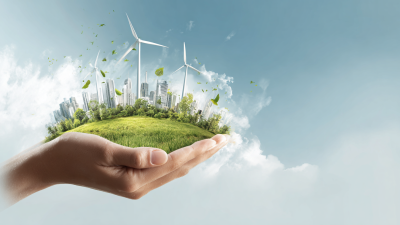
Harnessing Environmental Energy for a Sustainable Future Exploring Innovative Solutions and Global Impact
-
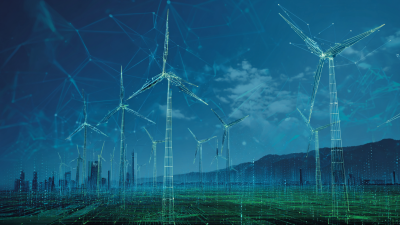
What is Energy Solutions and How They Impact Global Sustainability Efforts
-

Harnessing Smart Grid Energy Innovations at the 2025 China Import and Export Fair

